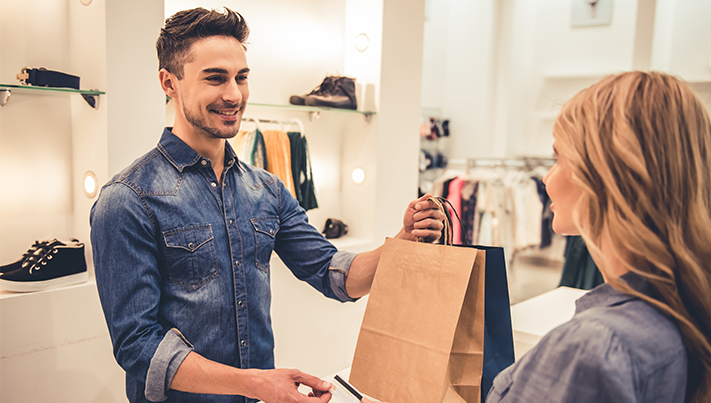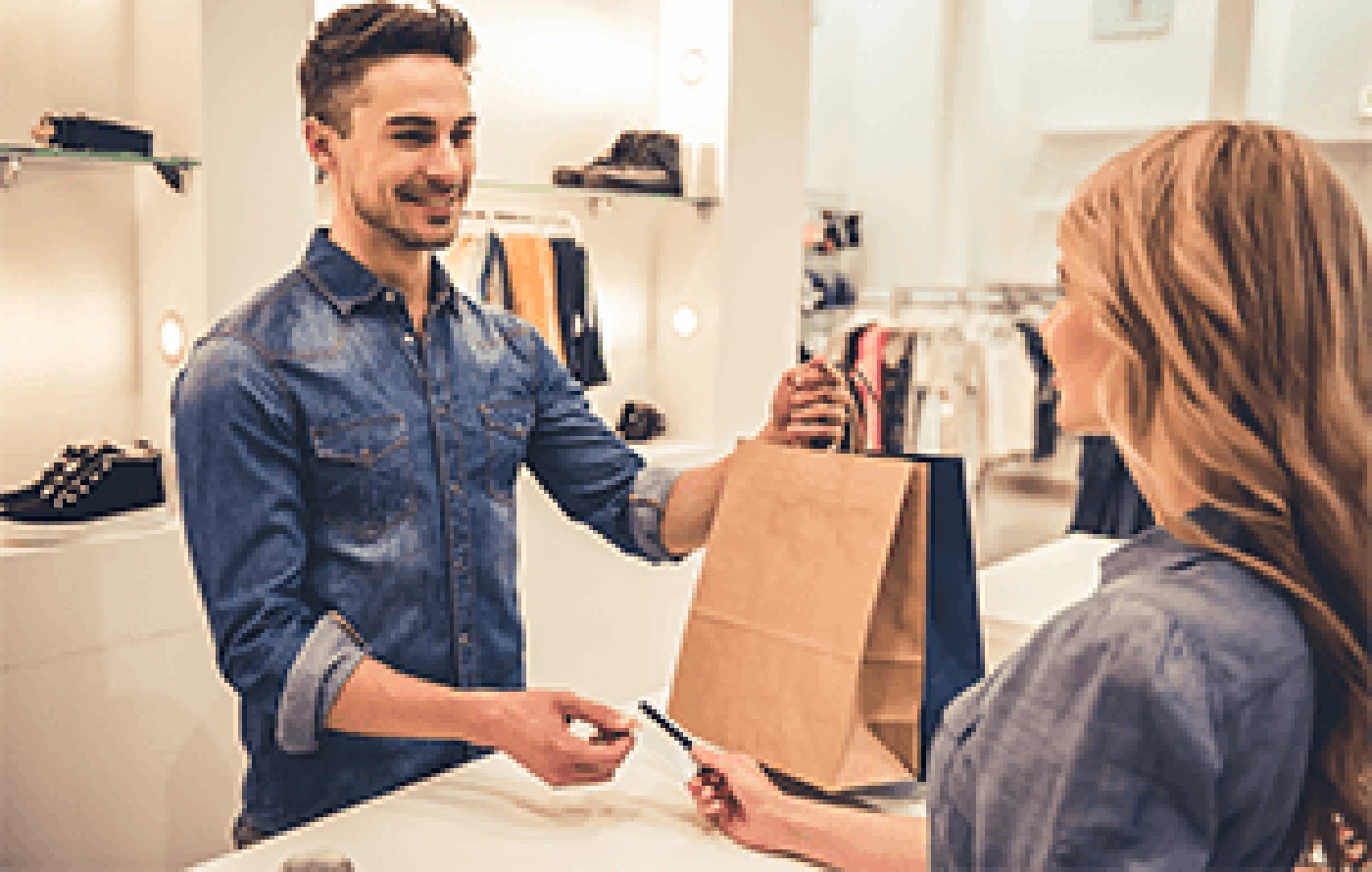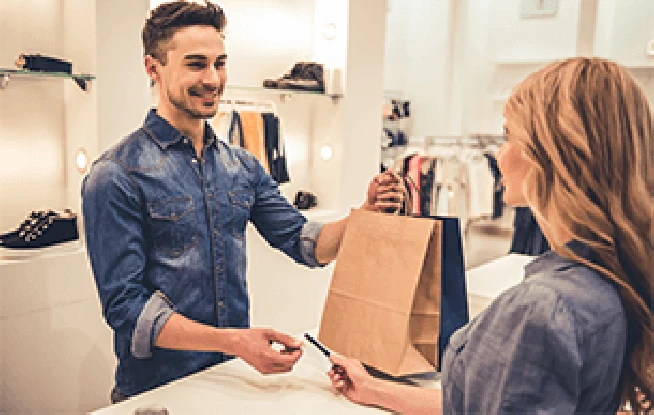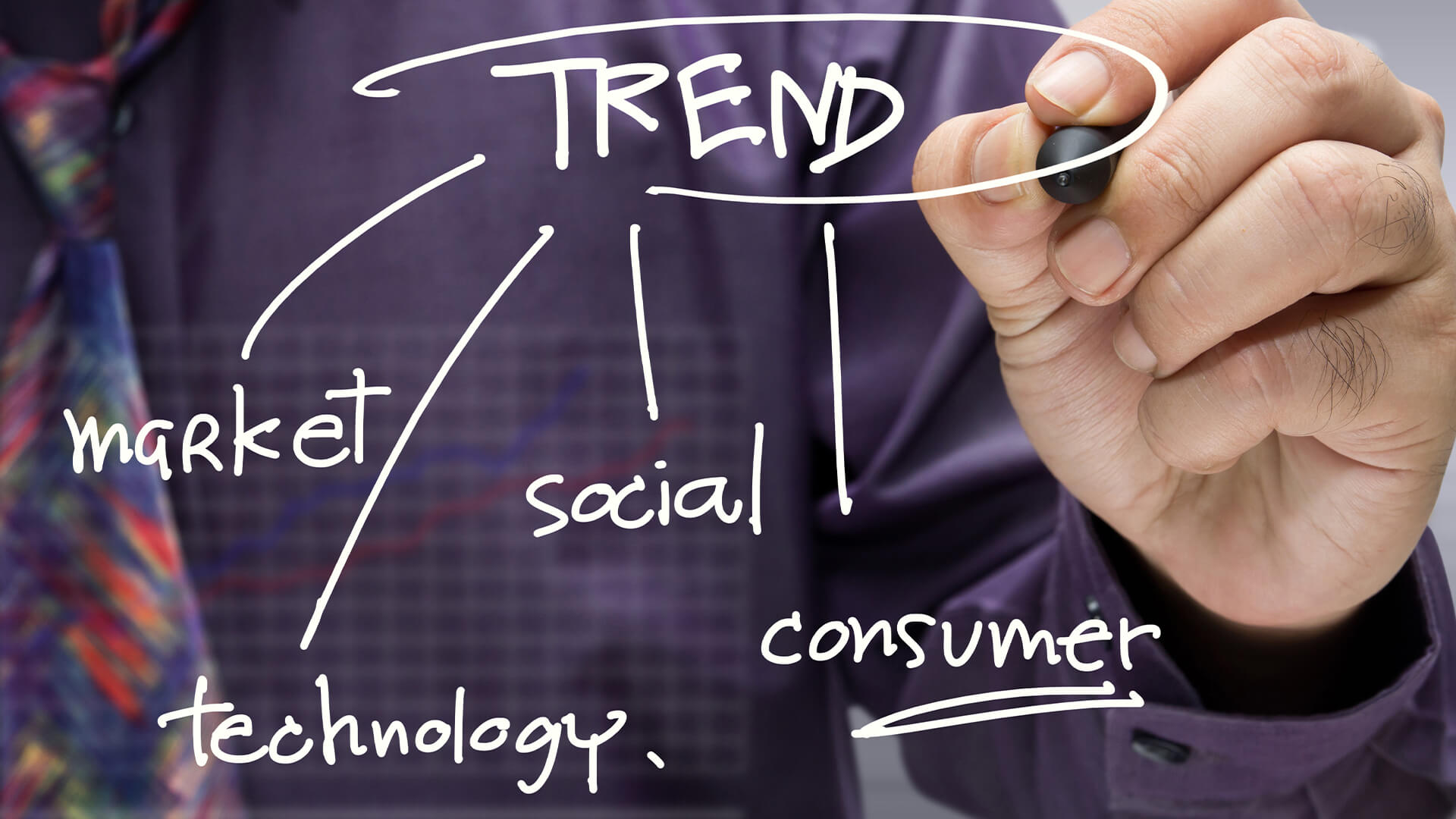
Whether it’s digital or physical, footfall or website visits, stores are all vying for customer attention. New customer demands are impacting both the offline and online world. One of the key demands in recent years has been personalisation — this trend makes the customer feel truly taken care of and valued by a company. Whether it’s a personalised gift or personalised wallpaper, if it’s unique to us, we want it. So, how are the big-name brands achieving this?
Tailored experiences
Every part of the customer journey needs to be adapted to suit their needs in order to stand out. Recent findings showed that 75% of customers said that they would feel more inclined to make a purchase from a brand that knows them by name, or that can provide product recommendations using information from past purchases. By using analytic tools in methods such as email marketing, brands are creating closer bonds with their audiences, giving them only the information that is useful to their individual preferences. Tiffany & Co, the coveted jeweller opened a new store in Covent Garden and they truly rejuvenated the concept of a physical store, by breathing a new lease of personalised features to support their luxury products. Their ‘Style Studio’ showcases more than just the infamous duck egg blue boxed sterling silver pieces, as Tiffany produced a whole range of homeware and accessories to complement and expand upon their audience, drawing in new customers in with their #MakeItTiffany tagline. As well as the classic personalisation station where items can be engraved, the store décor used consumer analytics to determine whether the interior would appeal to a younger clientele.
The digital dawn
For this next example, let’s look at the travel industry. While many families used to put a Saturday afternoon aside and cram into their local travel agents, weighing up the choices for their annual summer holiday, this does not happen as often nowadays. The travel industry has moved much of its business online, making booking a holiday far more convenient. A few things haven’t changed though — digital printing is still used to help create the glossy travel agent catalogues that we are all familiar with. Some of the biggest holiday companies are still pursuing success in their physical stores, but they have revised their approach to the offline market; reflected by the fact that an impressive 22% of young families still book their holidays in physical stores. Virgin Holidays created concept stores, which captured a unique holiday experience, with virtual reality technology to simulate destinations and mocked up plane cabins. In doing so, they used a combination of sensory elements to capture customers imaginations, enhanced by modern technology. This shows that offline markets needn’t be abandoned, as utilising them the right way can reinvigorate the product/brand. It is also beneficial to make use the large amount of digital software now available to compete with the digital age.
Offline returning?
It used to be small, offline, family-run stores were the go-to destination for many customers. Nowadays, this is a rarity, conserved in only a few of the UK’s major cities. Despite a plague of closures across many UK high streets, brands have not given up on the offline market. The home retailer Made.com bucked this trend, by opting to open a physical unit in Soho, London. They have amalgamated features which are common in online retail with a physical, offline setting to gage the best of both markets. Maplewave offer technology that can aid you in digitally transforming the instore customer experience. Through providing premium software and retail optimization, Maplewave simplifies the way your customers interact with the physical aspects of you store making the experience much more personalised.
A modern approach
Knowing your customers’ preferences can help you tailor a unique experience for them. Whether your brand follows suit from Joules, the fashion retailer offered customers targeted discount codes to coincide with sales and events such as Black Friday, based on previous purchasing behaviours. Relevance is key where personalisation is concerned, as customers will be more likely to be drawn towards a sense of familiarity. The fashion retailer Urban Outfitters give those signed up to their reward scheme points even just for visiting a store, providing a clear incentive. This is the necessary fuel for conversions, and by giving your customers regular treats, you are boosting personalisation while also building customer loyalty.
Offline stores do have an unexpected edge when it comes to the demand for personalisation. Human elements offer unrivalled personalised assistance and advice, and offline stores are still thriving for this reason. However, personalisation is undoubtedly an essential for both offline and online retailers.





























